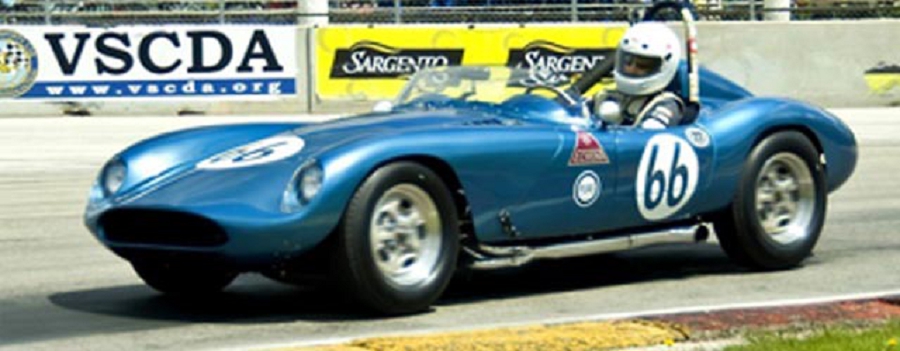
Hi Gang…
We have the greatest folks that I’ve met thru their mutual interest in Forgotten Fiberglass and I’m honored to build those friendships each and every day. One of the folks I met recently is Will Silk who writes professionally across the racing spectrum of vintage motorsports. Click on the link below to review a bit more background on Will, as well as some of his feature articles:
http://ezinearticles.com/?expert=Will_Silk
Based on Will’s intimate knowledge of vintage racing and sports cars specifically, I asked him if he would put ‘pen to paper’ and write us an article about racing your vintage ‘glass beast on the track. Will kindly obliged and the article today is a result of his hard work and perseverance in putting this story together for us at Forgotten Fiberglass.
Thanks very much to Will for doing this and without delay, let’s let Will…take it away!
Let’s Race that ‘Glass Contraption!
By Will Silk
So you’ve finally done it.
You’ve managed to finish a full restoration of your dream car in fiberglass. Maybe it’s a Kellison, a Victress, Glasspar or any of the wide range of classic fiberglass makes that made the automotive landscape sparkle with life all those years ago.
For some, just completing a restoration is satisfaction enough. Others, however, will be looking at a multitude of things to do and places to go with their classic fiberglass car. One of the very attractive and magical activities that appear on most vintage car owners bucket lists is to go road racing. And why not, with so many tracks across America,Canada, and Europe offering such an ideal vacation spot loaded with history all around; it’s the perfect place for you and your classic ride to go for a break and get some proper “exercise”.
Then you start looking into it, and the you may start getting a bit confused with the variety of clubs and sanctioning bodies that are out there today for vintage racing. It’s easy to do, but hopefully by reading on, some light will be shed on a path that can be incredibly enjoyable for you and your vintage fiberglass machine to travel.
A quick look back into the history of fiberglass production sports cars in America reveals that the designers of these machines largely looked to racing as a way of marketing and testing their designs. The likes of Jabro, Devin and Kellison all come to mind quite quickly when remembering those halcyon days of homebuilt sports cars taking on the might of Europe’s best on tracks across the USA.
The best way to really get started in vintage racing is to attend an event. Just go and walk around to justify if it’s something you really want to pursue. Talk to people that are there racing, as you’ll no doubt find them quite easy to approach and more than willing to spare a few minutes to chat with you. The number of vintage races continues to grow across the United States, so finding one in your general area shouldn’t be too big of a task.
Once you’ve gone and experienced the atmosphere, the next step is to prepare you and your car for the experience. This may seem a bit daunting, but everything that you’ll be asked to do is ultimately in the name of safety. As a driver, you’ll need to contact a sanctioning body like HMSA (Historic Motor Sports Association) or SVRA (Sports Vintage Racing Association). The former is a leader in sanctioning vintage races primarily on the U.S. West Coast, but has now taken over the operations of the Legends of Motorsports Series and runs events throughout the US and Canada.
SVRA handles events mainly on the U.S. East Coast at such classic venues as Watkins Glen, Mid Ohio, and Sebring. The VSCDA (Vintage Sports Car Drivers Association) handles events aimed at the upper Midwest part of America, and includes events at Road America in Elkhart Lake, Wisconsin; perhaps one of the most classic racing venues in the world.
In terms of driving, the best approach is to contact the sanctioning body that you intend to run with and inquire what requirements are necessary to become a licensed race driver in their organization. Taking a driving school that offers an accredited licensing program is certainly not a bad way to go. Places like Bob Bondurant and Bertil Roos offer such programs routinely throughout the year. Taking such a school will allow you to use their car, which will minimize the costs of running your vintage fiberglass classic for the time being.
Another question that often pops out of the mouths of vintage car owners is the question as to whether or not their car is eligible to run in vintage events. While most of the cars we talk about here on Forgotten Fiberglass are pre-1970 and should be without any doubt eligible due to age requirements, it’s a good idea to check with the sanctioning body.
In the case of a HMSA, a recent conversation with Cris Vandagriff yielded this response when asked about car eligibility. Cris states: “A car does not need to have racing provenance to participate with us. However, often our grids are over-subscribed, when this happens, cars with racing history take precedence in being accepted.” With that being said, there is plenty of opportunity to join in on the action in the growing sport of vintage racing.
Car preparation is a topic that can be dicey to negotiate as well. Many, if not all, sanctioning bodies will expect your car to be in period condition, or the way it would have run back in the day. Obviously some items will be required to race that were not required 40 plus years ago, like a master kill switch, current harness, and a good onboard fire suppression system.
Just don’t go thinking that you’re going to outfit your ride with modern aftermarket 6 piston front brakes and rotors the size of a small New England town, as they will certainly frown on that for not quite maintaining the period ambiance of the car.
The key thing to remember is that vintage racing is much more relaxed than professional level road racing. The focus is on displaying and exercising the cars safely and educating the public about the way racing used to be. So give it a shot, and share that classic ‘glass masterpiece with the public by displaying it at speed for all to see.
Glass On!
Will Silk
Automotive Consultant
Motorsport Journalist
Professional Race Mechanic
http://ezinearticles.com/?expert=Will_Silk
————————————————-
Below is a list of sanctioning bodies with links to their websites:
HMSA
http://www.hmsausa.com/about/about.html
SVRA
http://www.svra.com/
VSCDA
http://www.vscda.org/about/overview.php
SOVERN
http://sovren.org/
————————————————-
Summary:
I want to express my sincere appreciation to Will Silk for his willingness to put together a great article that can help each of us appreciate our cars and hobby at a higher level. Great job Will, and thanks for your efforts!
Hope you enjoyed the story, and until next time…
Glass on gang…
Geoff
——————————————————————-
Click on the Images Below to View Larger Pictures
——————————————————————-
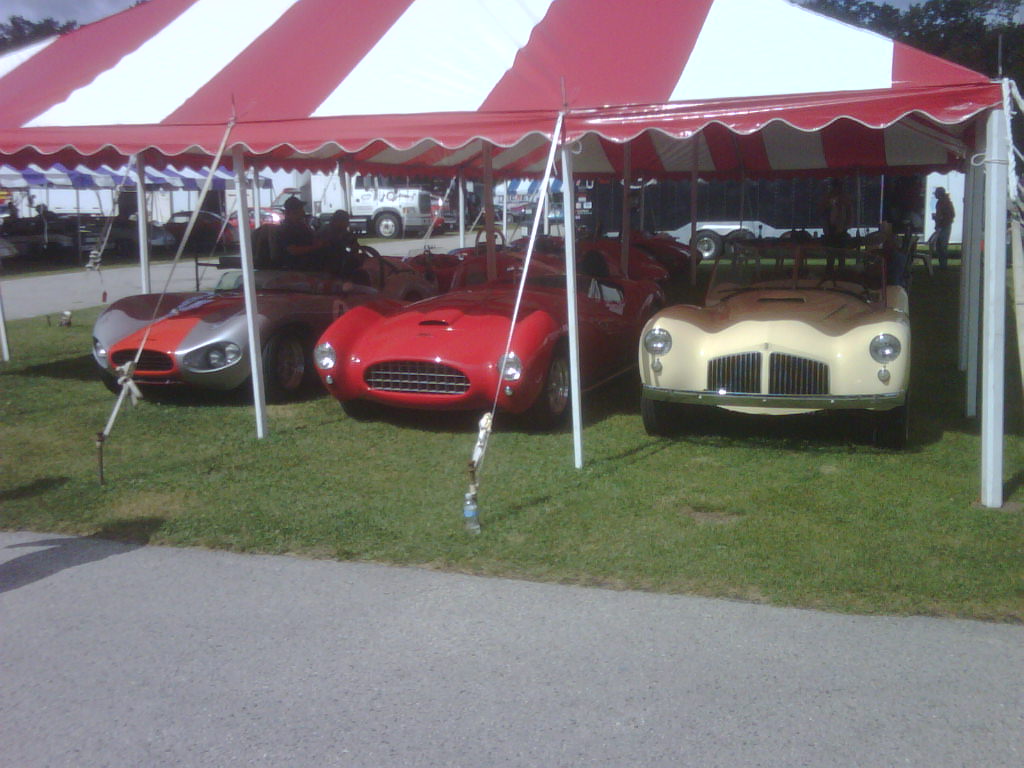
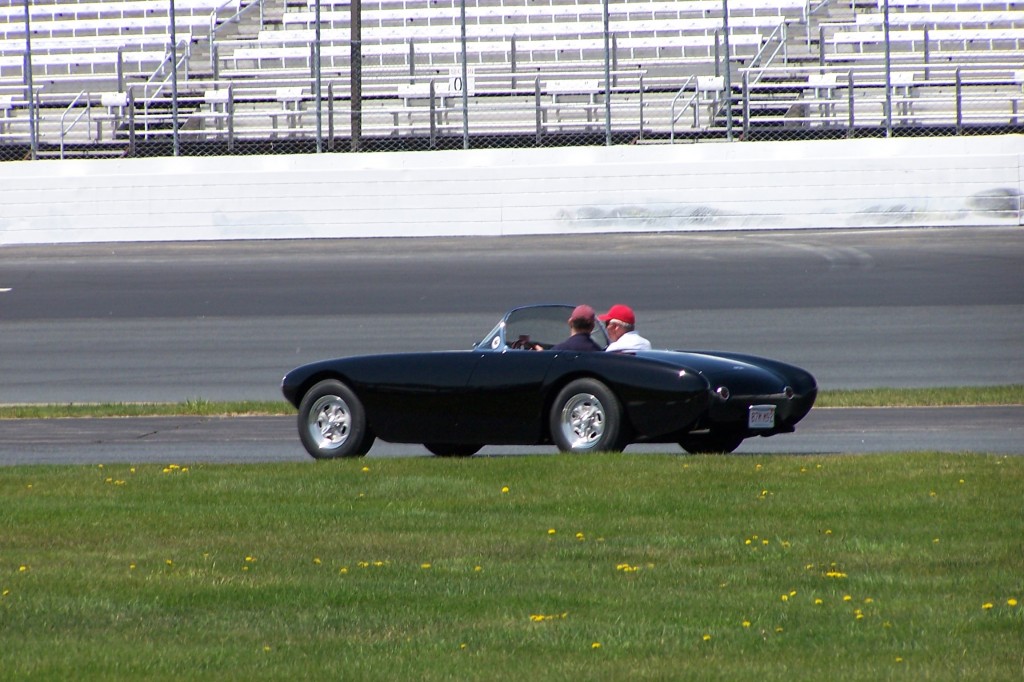
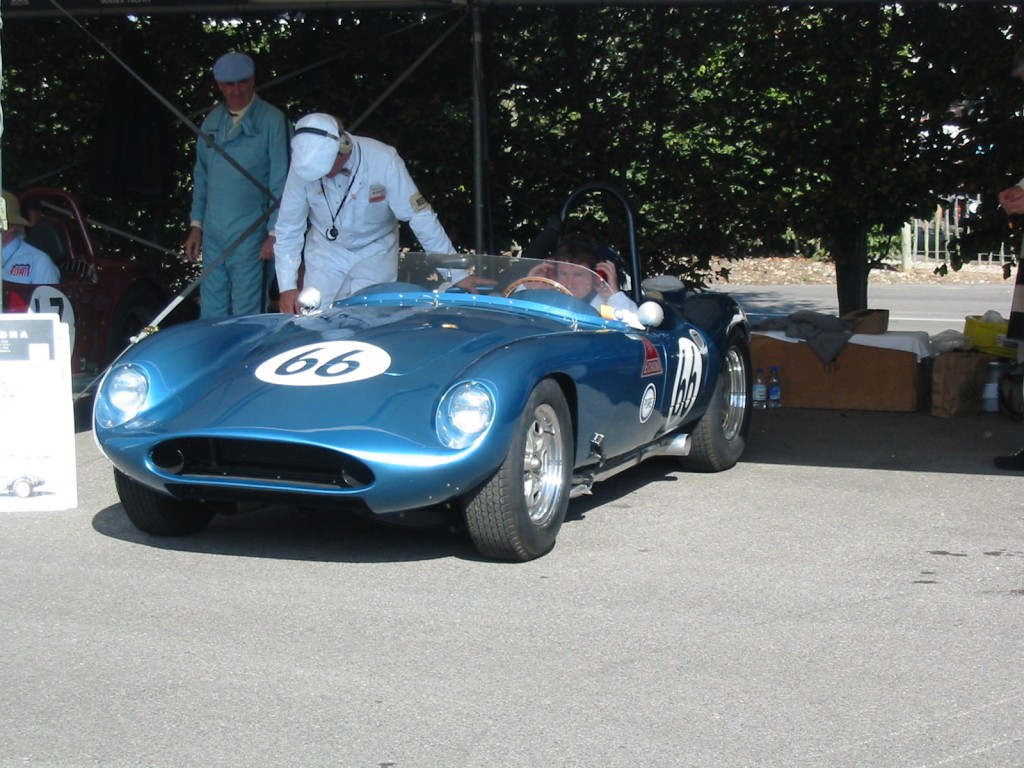
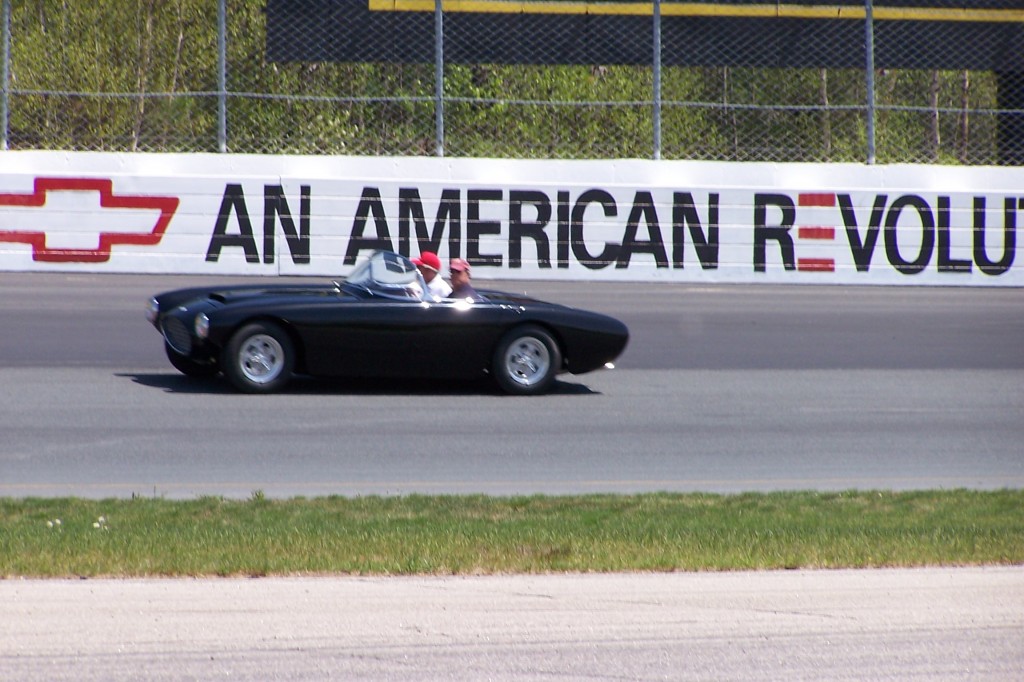


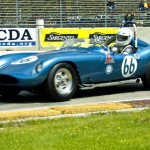
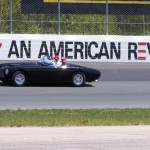
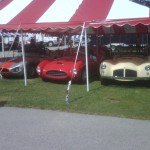
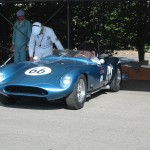
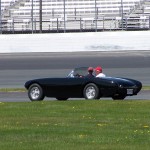
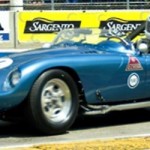
The “Harry Eyerly Special” is still in the Salem area, fresh and ready to go vintage racing.
Will, not surprised at your familiarity with the Eyerly Special. One reason that car was so dominant was that it never broke. I believe the Crosley powerplant was a detuned alcohol burning hydroplane engine that would turn 14,000 rpm’s, though deturned for the car. Imagine two to three times the rpm of many other powerplants of the time!
These were really diminutive little cars. Look at the image in the link I provided in my earlier post showing Harry racing with Ken Miles MG TF. The MG looks like a Buick when compared to the little car!
Hey Rollie,
Pretty amazing stuff indeed. Turning 10,000 plus rpms with an engine in the 1950s was insane, but 14,000 rpms at that time must have been like handling a live hand grenade. I have experience in tuning sport bikes for road racing, so high rpms are the norm in that realm, but only in the past 30 years have the rpm levels risen to such an extreme.
You make a great point in reference to the size of the cars when compared to other cars they shared the track with. Truly they were amazing works of engineering at the time, leaving just enough room for the driver to perform the task of piloting the vehicle. Really cool stuff when you think about it.
Cheers!
Will
Thanks Will, for the article on vintage racing. I always enjoy the Mitty in Georgia when I get to go and have friends who have been very active in vintage racing. Many of the “home-built” cars from the 50’s and 60’s were built to race and not for the street. I was always interested in the H-Modified class in which some very famous super-lightweight cars competed. Have you ever heard of the Harry Eyerly Crosley-powered screamer that terrorized the west coast circuits back in the day? Here is a link:
http://dsr.racer.net/chassis/eyerly/page1.htm
Hi Rollie, thanks for the kind words on my article. Hopefully it encourages more people to get their fiberglass American sports cars out on the track so that fans of these vintage American engineering masterpieces can witness them in action.
Regarding the Crosley special built by Harry Eyerly, I indeed know of the car through my research of American Road Racing Specials over the years. I own the Brooklands Book on Crosley ( http://www.amazon.com/Crosley-Specials-Limited-S/dp/185520438X/ref=sr_1_36?ie=UTF8&qid=1326574931&sr=8-36 ) and I encourage anyone interested in these cars to grab a copy while they still can. In this book are two articles on the Eyerly Special, one reprinted from the January ’57 issue of Road and Track magazine, the other entitled “44 Inches of Fight” was reprinted from the February ’57 Car And Driver.
It was specials like Eyerly’s that really helped build SCCA H-Modified into a backyard engineers class that witnessed considerable growth in the late 1950s and early 1960s. And those 750cc Crosley mills had to sound incredible at full song for sure!